Ever wonder where folks are packing up and heading out? From coast to coast, people are on the move, seeking new adventures, better opportunities, or maybe just a change of scenery. Whether it’s the lure of big cities or the call of the countryside, find out which states are saying goodbye to old neighbors and welcoming in a wave of fresh faces.
Get ready for a journey through the States people are leaving behind – the reasons might just surprise you!
New York: The High Cost of Living

New York has long been known for its high cost of living, especially in New York City. The steep housing prices, living expenses, and high taxes have driven many to seek more affordable living conditions elsewhere.
California: Economic and Environmental Concerns
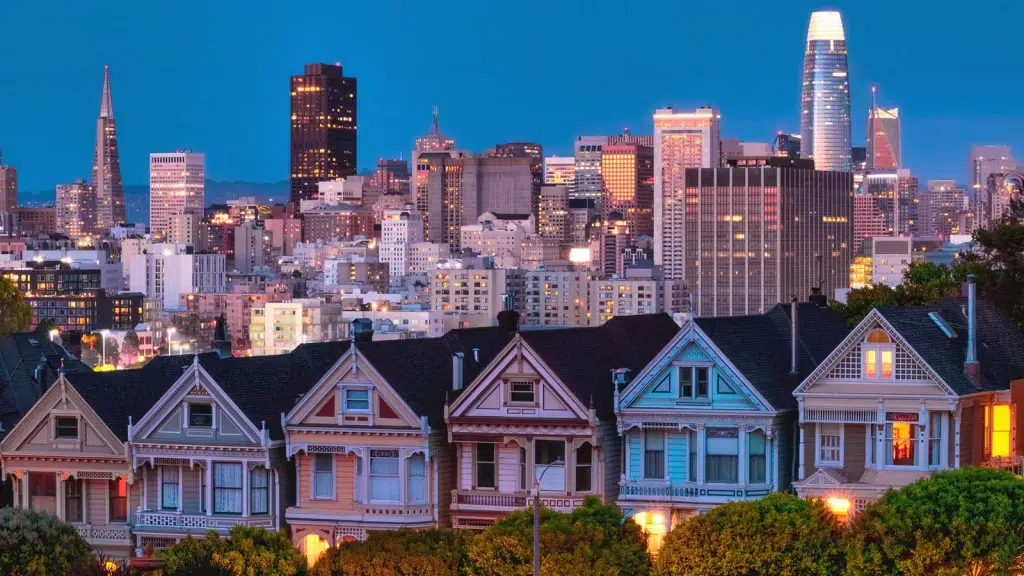
California, with its diverse economy, has also seen a substantial outflow. Factors include high housing costs, taxes, and concerns about environmental issues like wildfires and droughts.
Illinois: Economic Struggles and Political Unrest
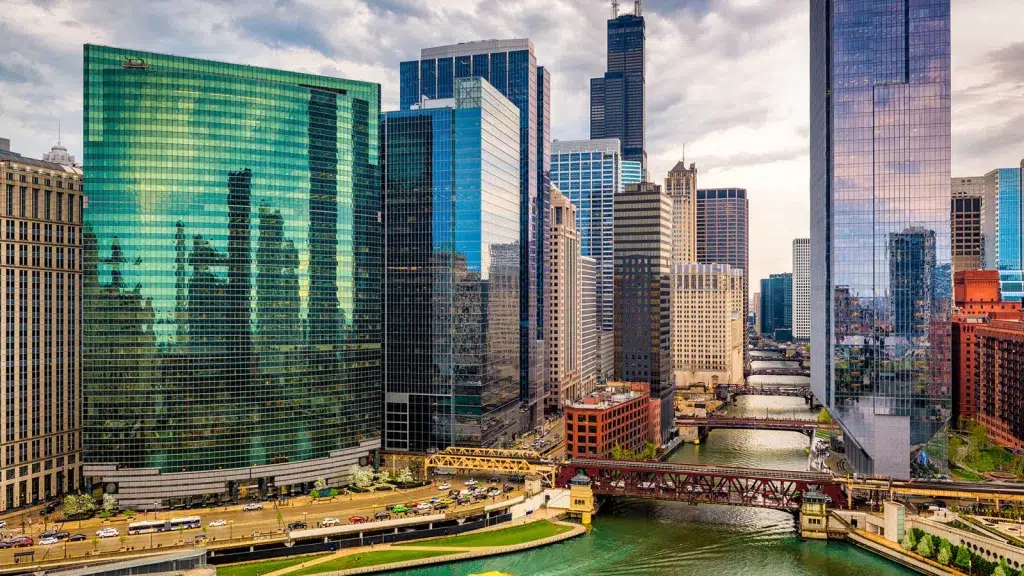
Illinois faces economic challenges, high taxes, and political instability. Chicago, in particular, has witnessed a population decline due to these factors.
New Jersey: High Taxes and Cost of Living
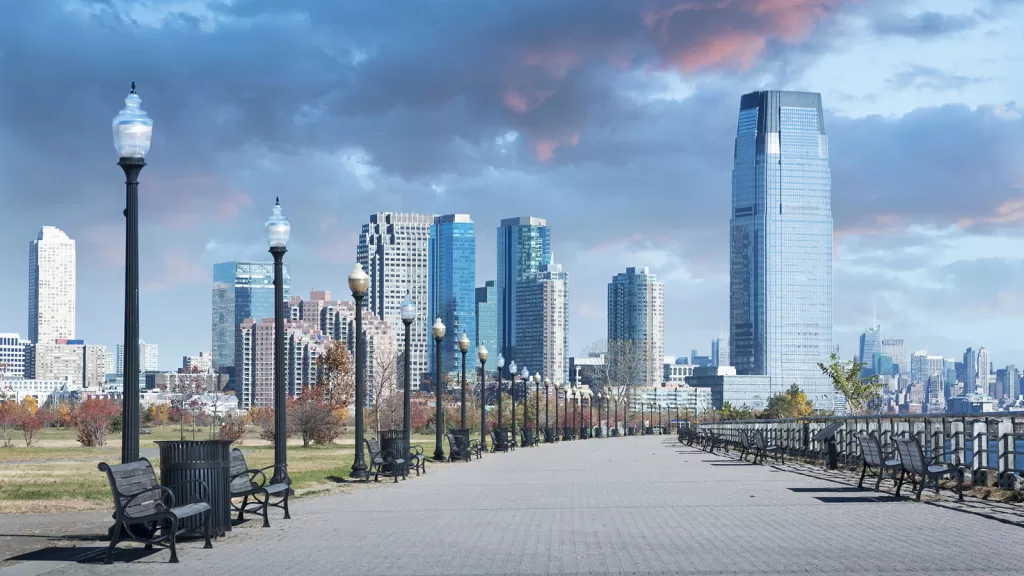
Like its neighbor New York, New Jersey suffers from high taxes and a high cost of living. These economic pressures are pushing residents to seek more affordable states.
Connecticut: Economic Stagnation
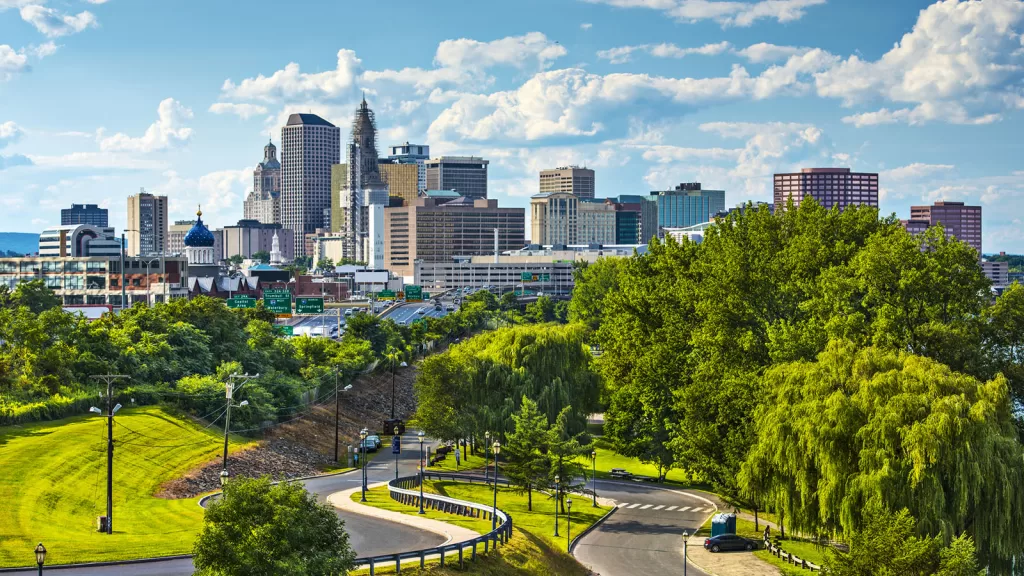
Connecticut has been experiencing economic stagnation, leading to job losses and a lack of new opportunities. This has prompted many residents to move to states with more robust economies.
Massachusetts: Balancing Education and Affordability
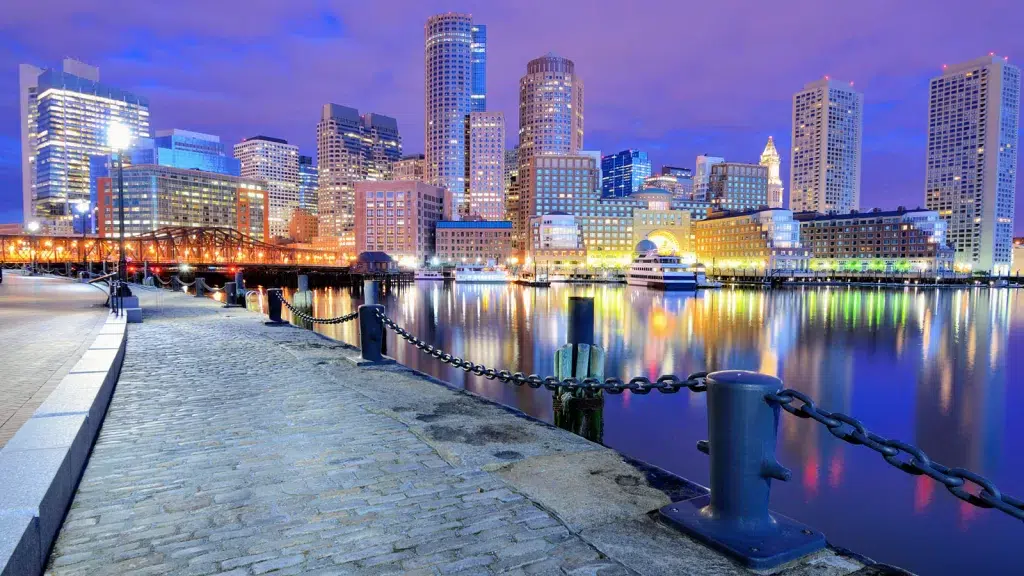
Massachusetts, known for its prestigious educational institutions, also has high living costs. This makes it difficult for graduates and young professionals to settle there long-term.
Pennsylvania: Industrial Decline
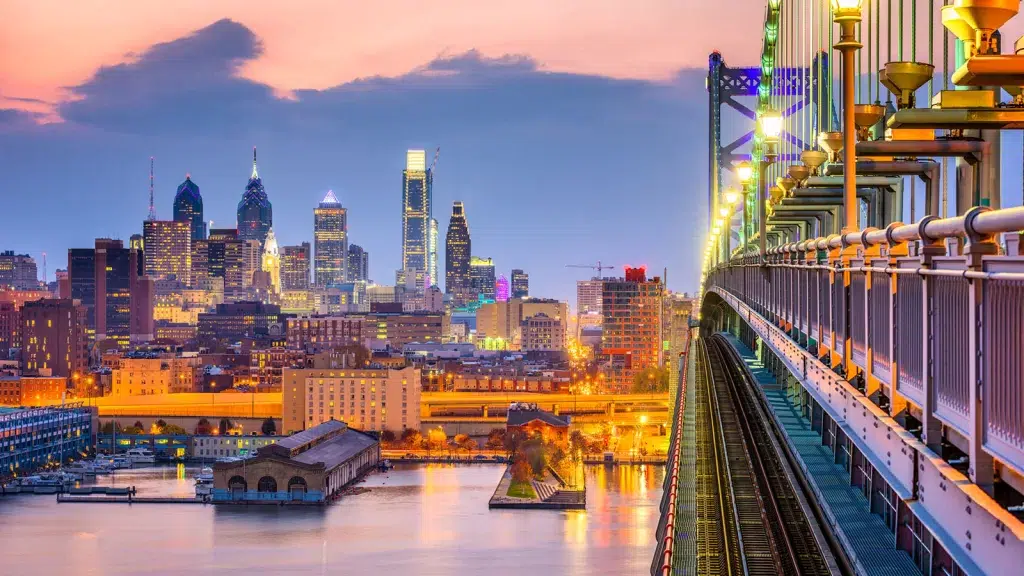
Pennsylvania’s traditional industries have declined, affecting job availability and economic stability, leading many to relocate for better opportunities.
Maryland: High Cost of Living and Taxes
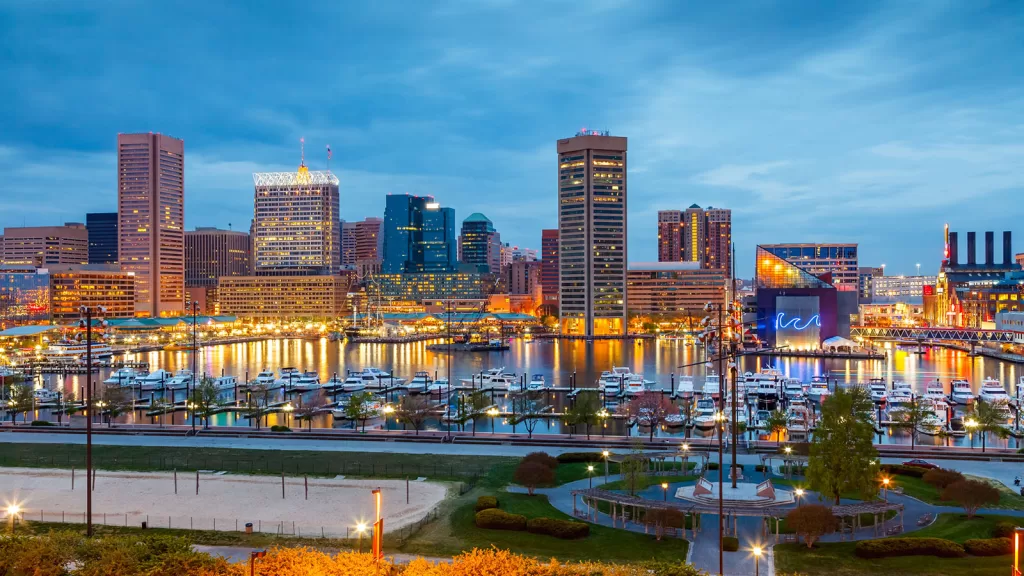
With its proximity to Washington D.C., Maryland has a high cost of living and tax burden. This financial pressure is a significant factor in its resident exodus.
Michigan: The Auto Industry and Economic Shifts
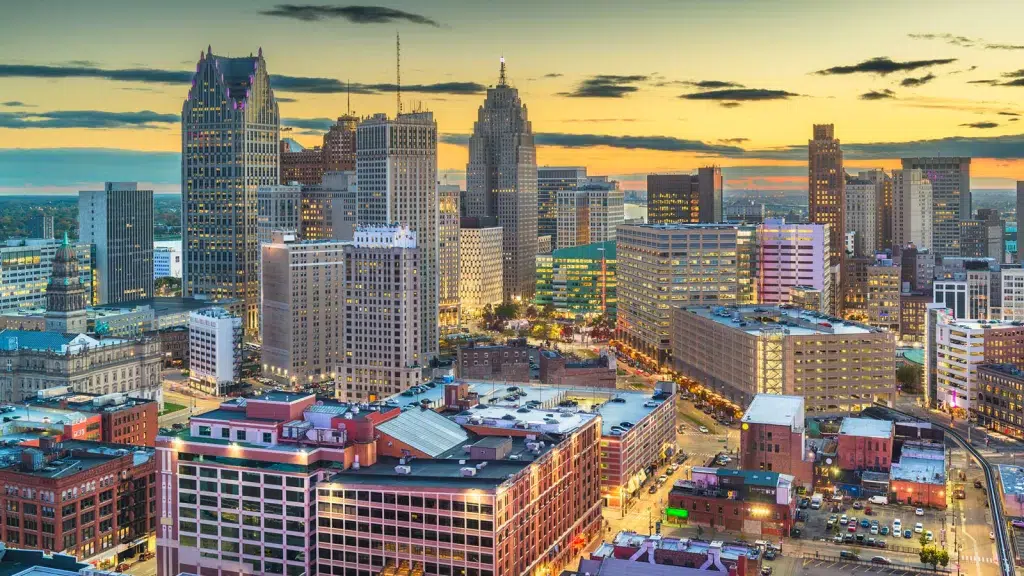
Once the heart of the American auto industry, Michigan has faced economic shifts, leading to job losses and population decline, particularly in cities like Detroit.
Louisiana: Environmental and Economic Challenges

Louisiana’s struggles with environmental issues, like hurricanes, coastal erosion, and economic challenges, have led to a population decline.
Ohio: Industrial Changes
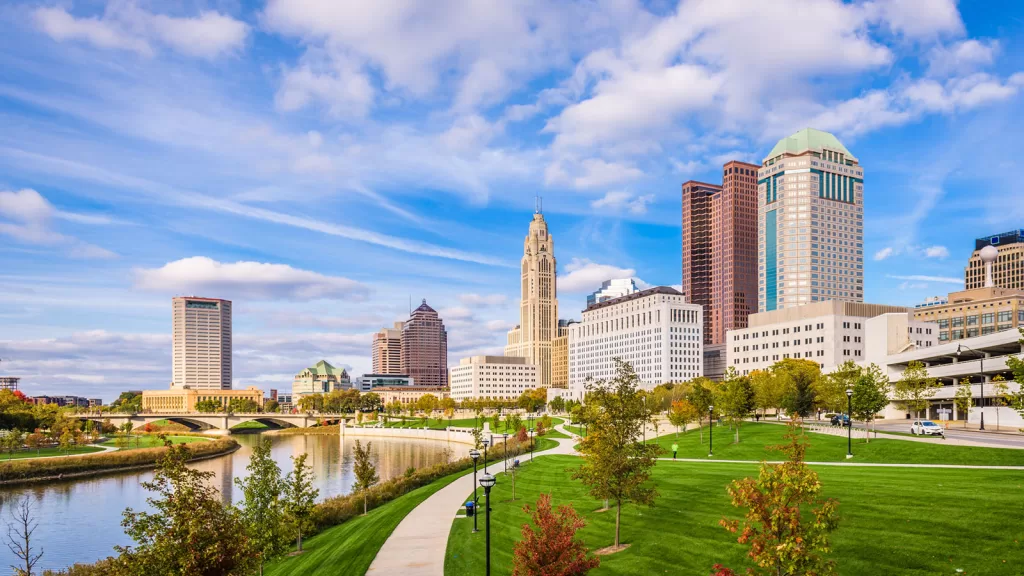
Ohio has been affected by the decline of traditional manufacturing industries, resulting in job losses and a stagnant economy, prompting residents to move.
Indiana: Seeking Diverse Opportunities

While having a stable economy, Indiana sees residents leaving for states offering more diverse and lucrative job opportunities.
Wisconsin: Economic Shifts
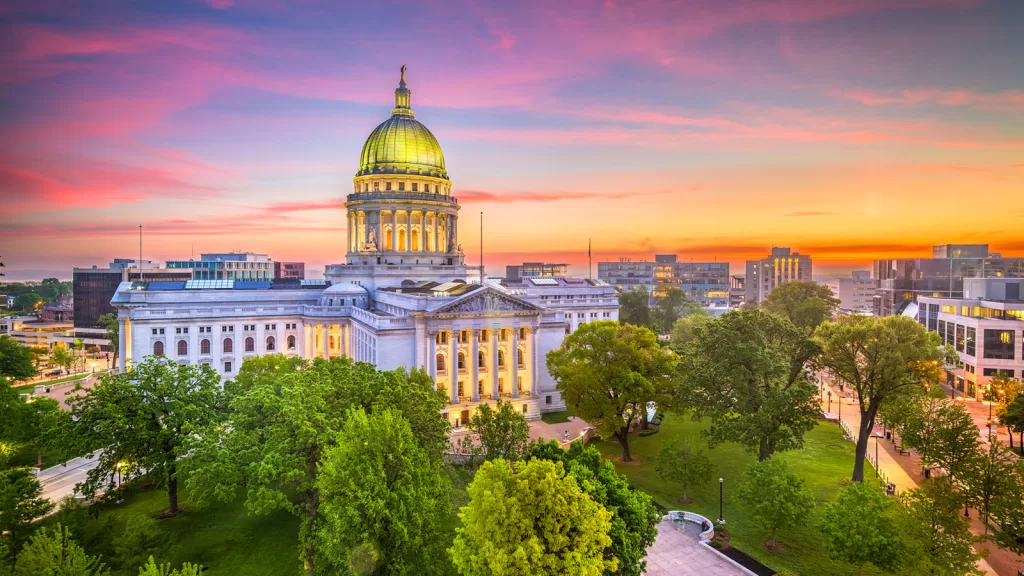
Wisconsin faces similar challenges to its Midwestern neighbors, with industrial decline leading to a search for better opportunities elsewhere.
Minnesota: Climate and Economic Factors
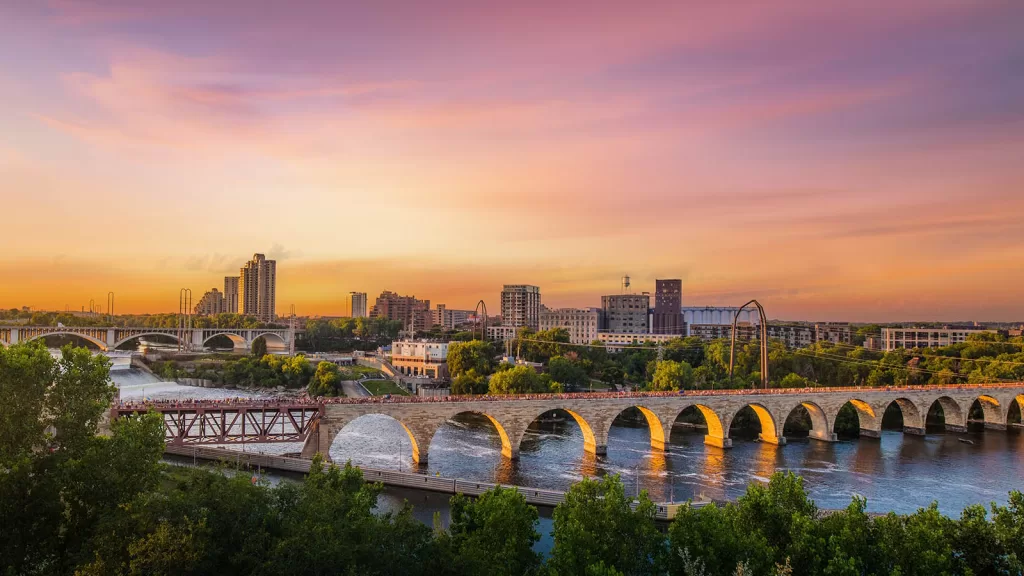
Minnesota’s harsh winters and economic factors are reasons why some residents choose to relocate to states with milder climates and growing economies.


